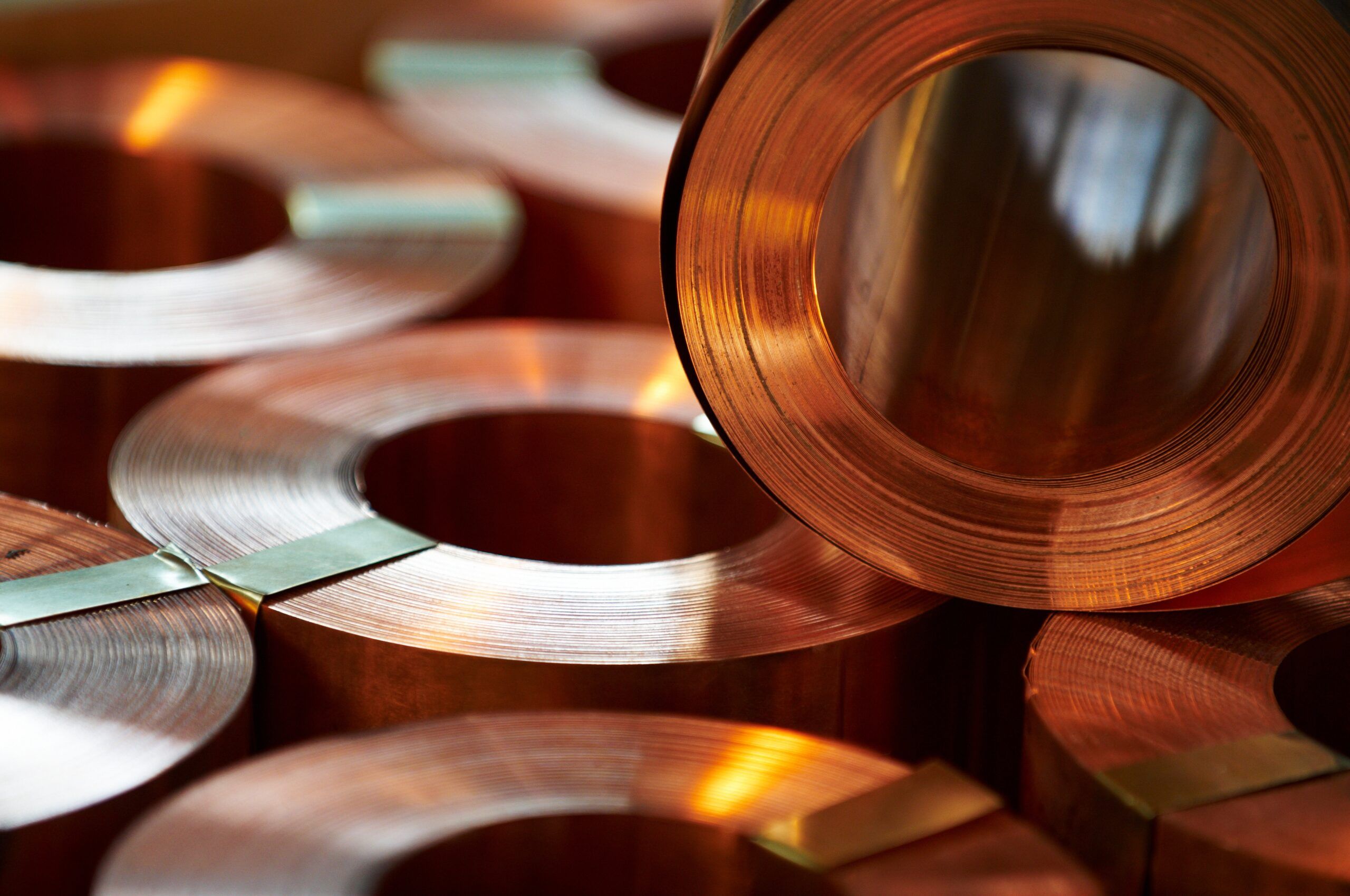
Copper Drawing in the Industrial Process
The copper drawing is an industrial process that might seem simple at first glance, but in reality, it conceals significant complexity and importance within the realm of production and materials engineering.
But what makes copper such a sought-after material and how exactly does the drawing process unfold? Copper, with its exceptional electrical and thermal conductivity properties, as well as its corrosion resistance, is used in a wide range of applications.
From consumer electronics to large energy transmission infrastructures, copper is everywhere. The drawing process begins with a copper rod, a large wire that is progressively pulled through a series of dies, thus reducing its diameter to the desired dimensions. This process, while seemingly simple, requires meticulous attention to detail and precise control to avoid wire breakage and ensure the final product’s quality.
Innovation and Challenges in Drawing
Addressing the technical challenges of copper drawing is essential for maintaining the process’s efficiency and high quality. One of the main obstacles is managing the friction and heat generated during drawing, which can compromise the integrity of the copper wire and cause breakage or defect formation.
The search for innovative solutions, such as the use of advanced materials for dies and the development of more effective lubrication and cooling systems, has led to significant improvements. Moreover, the integration of cutting-edge technologies and automation in the drawing process allows for unprecedented precision and repeatability, minimizing waste and increasing productivity.
READ ALSO: Ceramic Drawing: Process, Advantages, and Innovations
Towards Sustainable Drawing
In the current context, characterized by a growing focus on sustainability and reducing environmental impact, the copper drawing sector faces the challenge of adapting to these new paradigms. So, how can the copper drawing process be made more sustainable?
The answer lies in innovation and efficiency. Implementing scrap material recycling practices, optimizing energy consumption, and exploring the use of renewable sources for process power supply are just some of the approaches companies are adopting. Furthermore, searching for eco-friendly alternatives to traditional lubricants and developing lower-impact processes represent significant steps towards greener production.
READ ALSO: Dimensional Control of Drawing Bands: A Quality Guarantee in Production Processes
The Future of Copper Drawing
Looking to the future, the copper drawing sector stands at a crossroads between tradition and innovation. New technological discoveries, along with the increasing demands of a market increasingly oriented towards high technology and sustainability, push the industry to continually reinvent itself.
Copper drawing is no longer just a matter of physical transformation of the material, but becomes a process that integrates advanced knowledge in metallurgy, materials engineering, automation, and environmental sustainability.
The collaboration between scientific research, technological development and ecological awareness will be crucial in shaping the future of this sector, ensuring that copper continues to play a central role in technological advancement and sustainable development.
Why Choose Paganoni?
At the heart of the copper drawing industry, Paganoni Srl stands out as an emblematic example of excellence and innovation. Founded with the goal of providing high-quality solutions for the drawing sector, Paganoni has quickly established itself as a benchmark for those seeking cutting-edge dies and accessories.


